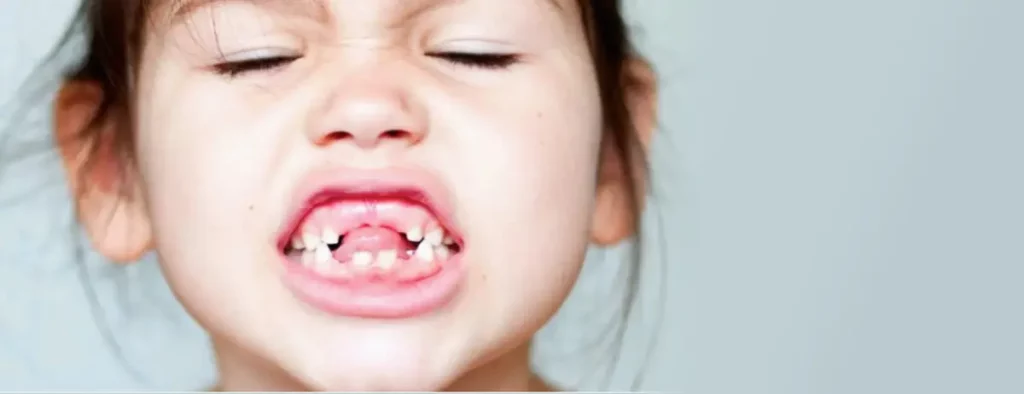
Losing teeth in old age seems natural, because teeth grow and develop until the age of 20, after which they begin to gradually weaken and collapse. In fact, there are also cases in which children’s teeth simply do not grow. This pathology is called adentia or congenital absence of teeth. At the same time, it is not at all necessary that all the teeth of the child do not grow – if at least one tooth does not erupt, this is already considered adentia.
Until a certain age of the baby, parents still hope that the missing teeth will erupt. However, when hope disappears, it is important to see a doctor as soon as possible – delay threatens with serious problems with teeth – malocclusion, underdevelopment of speech and insufficient chewing of food.
Causes of congenital adentia
Congenital absence of teeth is rare, so the exact causes of this disease have not yet been established. But there are suggestions:
- hereditary pathology – teeth do not even begin to form;
- severe pregnancy of the mother – diseases transferred during pregnancy, taking medications or exposure to toxic substances on the mother’s body can lead to disastrous results;
- diseases of milk teeth – if they are ignored, it can also affect future molars.
Congenital adentia as a diagnosis is made at the age of the baby up to 1.5 years. But, even if you had to deal with such an ailment, you should hope for the best – sometimes teeth erupt later than the generally accepted norm.
Consequences of congenital absence of teeth
The child is constantly developing, and congenital adentia can negatively affect its development if you do not see a doctor in time. The consequences of congenital adentia include:
- deformation or asymmetry of the face;
- lack of speech;
- underdevelopment of the jaw;
- change in facial features;
- formation of bone outgrowths on the jaw;
- interdental gaps;
- pale and dry skin.
If adentia is suspected, it is important to contact a specialist as soon as possible. He will conduct all the necessary research and prescribe the appropriate treatment.
Diagnosis of the disease
Of course, the doctor can understand from the first glance at the child that there is a problem. However, in order to make a diagnosis, it is also important to understand whether there are rudiments of teeth in the jaw – an X-ray examination will answer this question. It is best to carry out panoramic radiography – only it allows you to see the whole picture in full and draw the appropriate conclusions.
Treatment of congenital absence of teeth
The choice of treatment strategy depends on the picture that the x-ray shows. If the rudiments of teeth are clearly visible in the picture, then the primary task of the doctor is to help them erupt and prevent the displacement of already erupted teeth. To do this, a special pad is installed in the oral cavity.
If the x-ray does not reveal the rudiments of teeth, the dentist recommends prosthetics. Dentures for children are made only removable – the children’s jaw is still being formed, and it is important not to interfere with it doing it correctly, so the dentures will have to be changed regularly. When the jaw is fully formed, the temporary prosthesis can be replaced with a permanent one.
